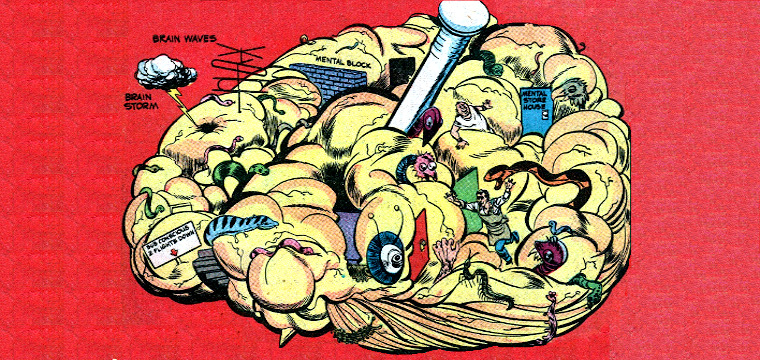When I went freelance in 2012, the question arose of what I should call myself. Over the years, I’d become known (and employed) as a copywriter, social media manager, blogger, journalist, digital marketer, SEO writer, event speaker, workshop trainer and communications manager. Popping just one of those titles on my business card or LinkedIn profile could seriously limit how people viewed my abilities.
The title I eventually chose was ‘Storyteller’. At some level, storytelling was the common thread that linked my various skills and inspired my approach. Unfortunately, ‘storytelling’ went on to become one of those horrible marketing buzzwords. By 2014, digital storytelling was definitely a thing; which, because Gartner’s hype cycle is also definitely a thing, led to the inevitable trough of disillusionment and backlash in 2015.
